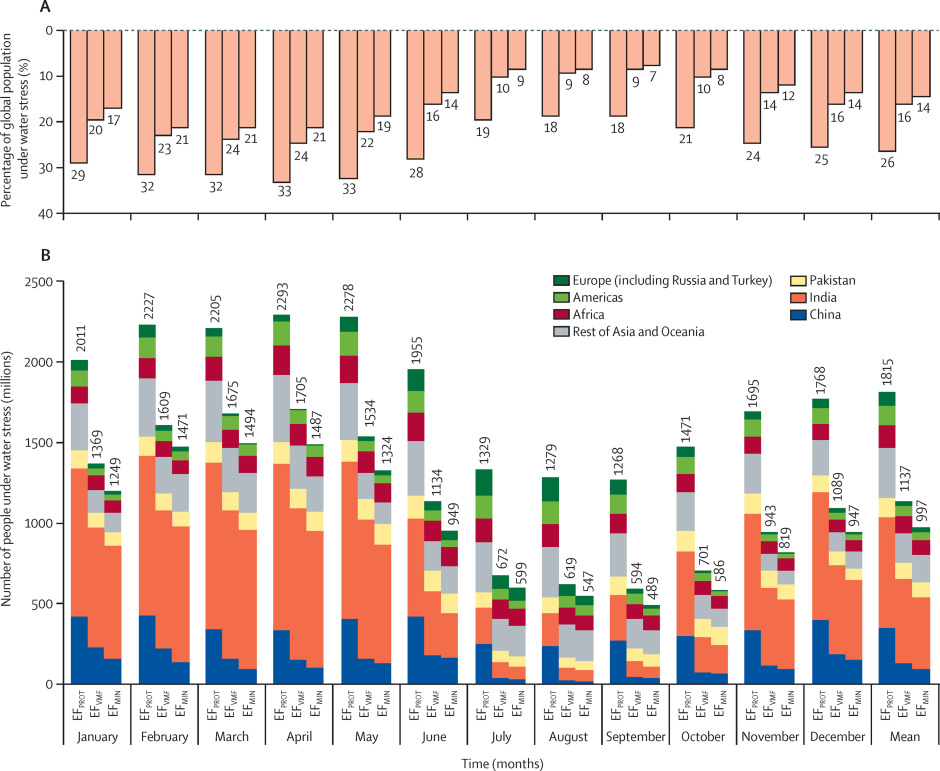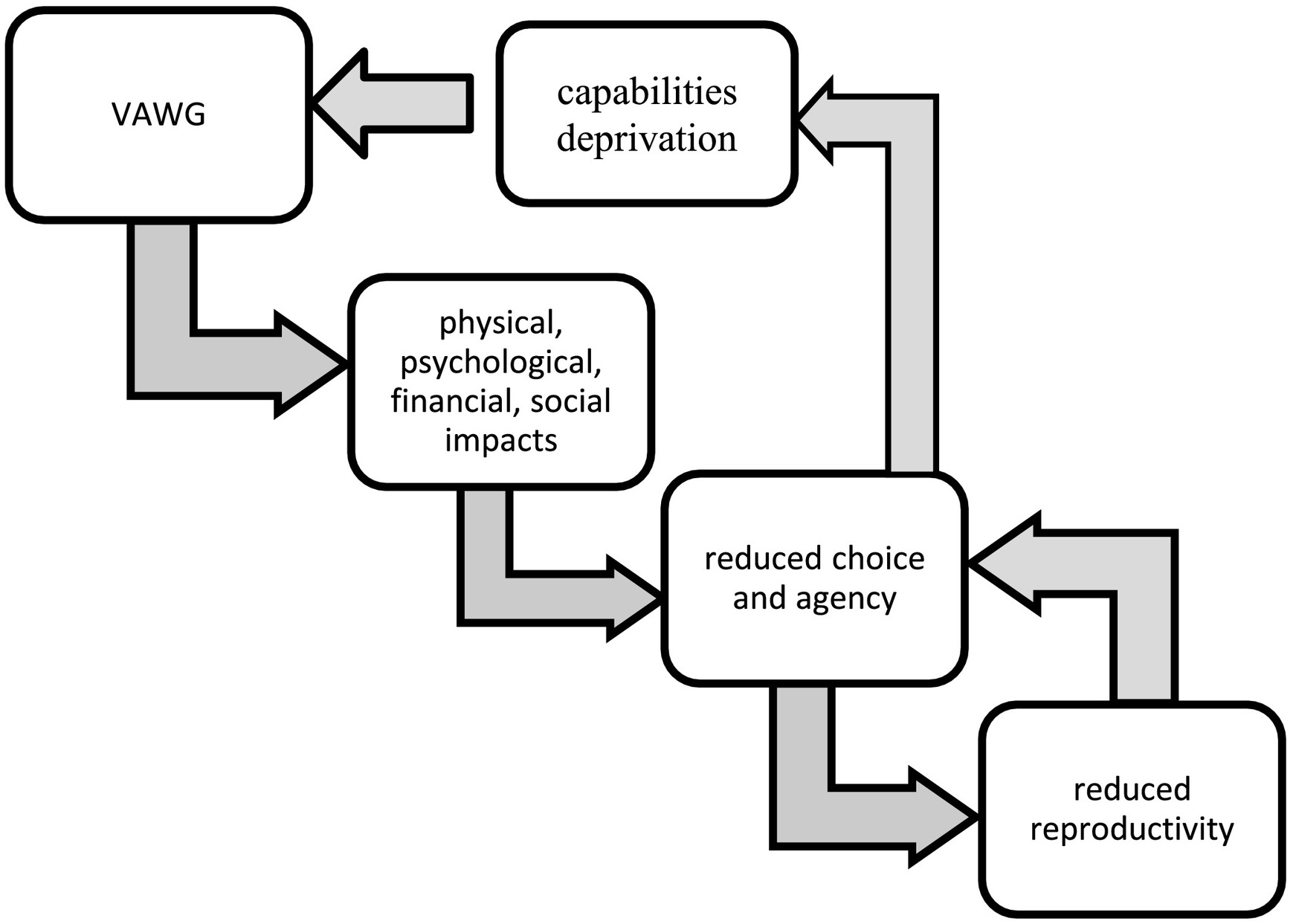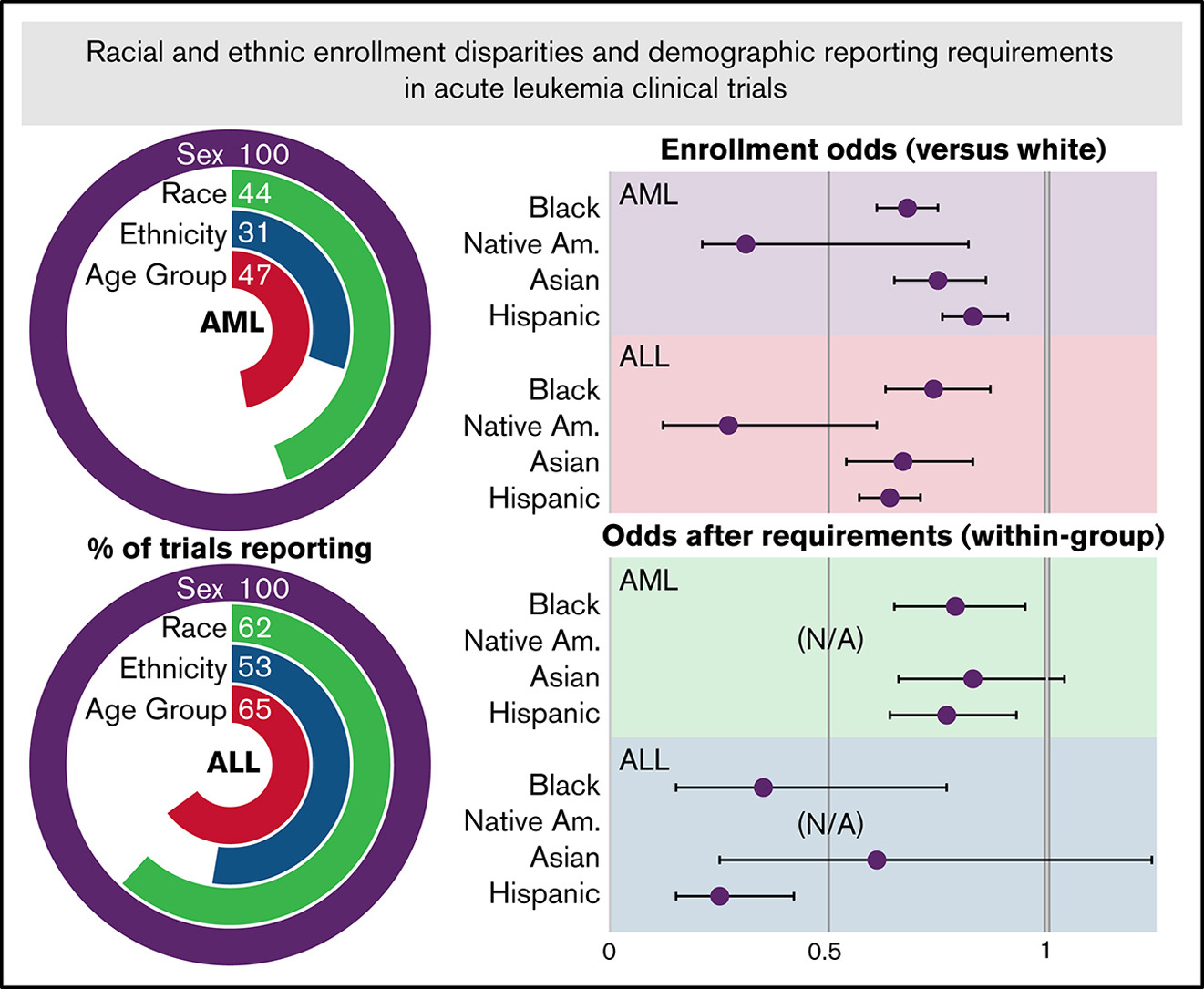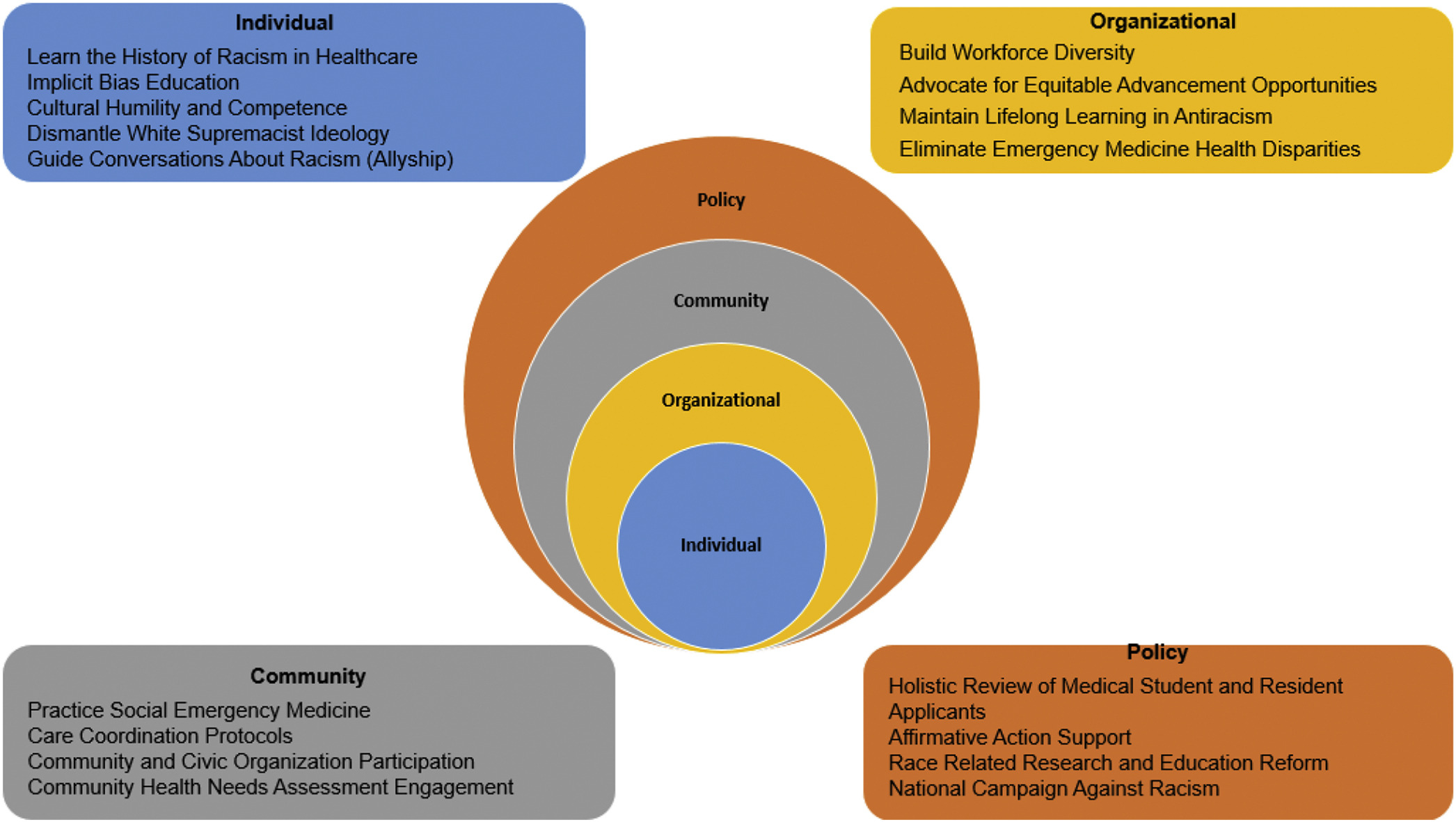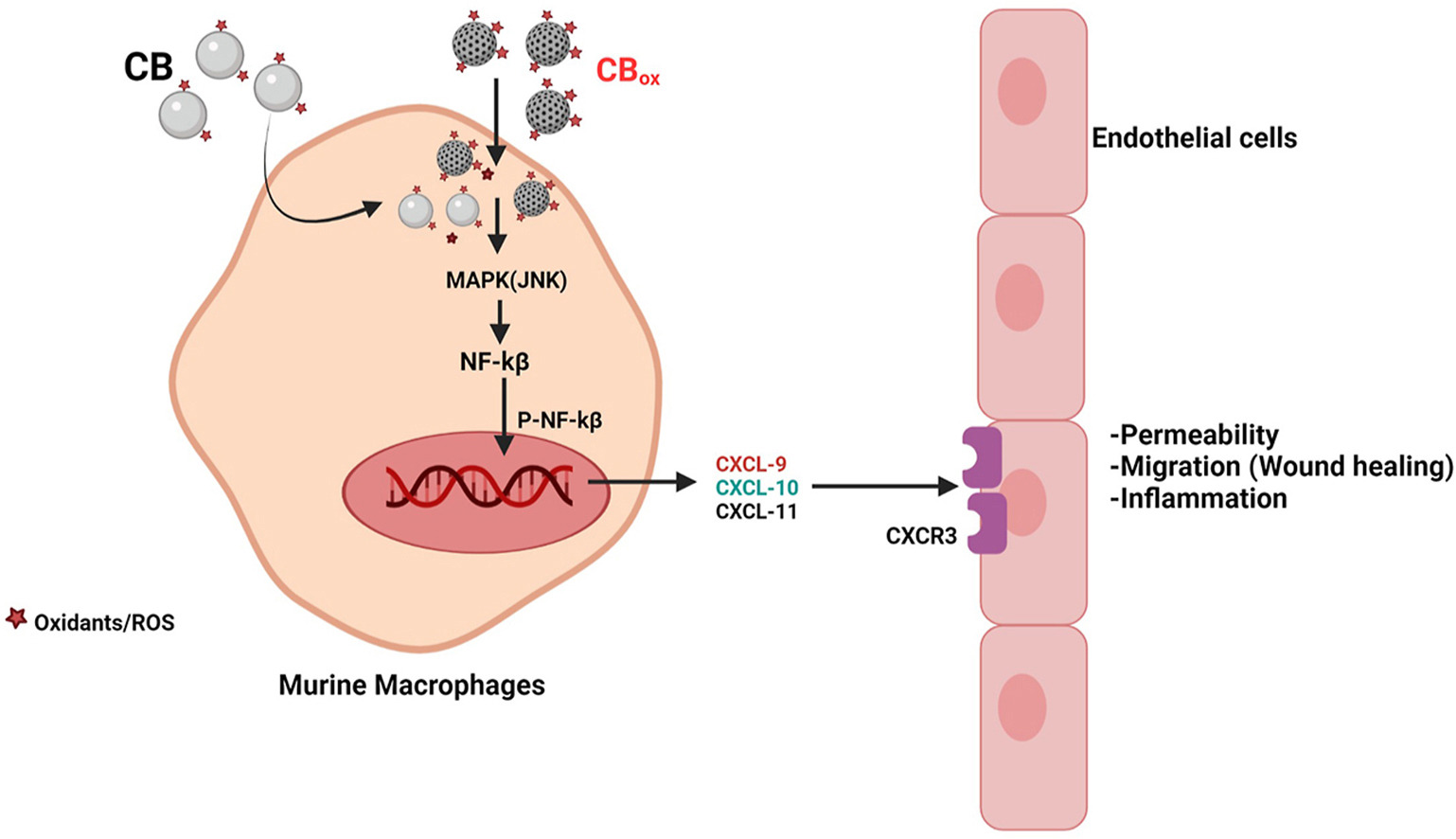This Article supports SDGs 3 and 6 by assessing global human water stress for low to high environmental flow protection. The findings suggest that ensuring high ecological protection would put nearly half the world's population under water stress for at least 1 month per year, meaning important trade-offs are made when allocating limited water resources between direct human needs and the environment.
The COVID-19 pandemic has exacerbated energy insecurity and economic hardship among vulnerable populations. This paper provides robust empirical evidence of the degree to which COVID-19 mitigation measures, especially the mandates of school closure and limiting business operations, have impacted electricity consumption behavior in low-income and ethnic minority groups in the United States. We use a regression discontinuity design applied to individual-consumer-level high-frequency smart meter data in Arizona and Illinois to highlight the disparities in mitigation measure impacts.
This article presents unique data on the economic and social impacts of Violence against Women and Girls (VAWG) in development contexts. The article draws on quantitative and qualitative data from over 5120 women in Ghana (2066 respondents) and Pakistan (3054 respondents) collected between 2016 and 2018 to assess the impacts on productivity, primarily through presenteeism and absenteeism, in paid and unpaid work due to a range of forms of VAWG.
Objectives: We determined the representation of women in sport sciences research leadership by assessing the proportion of women in (i) leading authorship positions of randomized controlled trials (RCTs) published from January 2000 to September 2020 in sport sciences journals and (ii) editorial boards of these journals as of September 2020. Design: Review.
Data regarding racial and ethnic enrollment diversity for acute myeloid leukemia (AML) and acute lymphoid leukemia (ALL) clinical trials in the United States are limited, and little is known about the effect of federal reporting requirements instituted in the late 2000s. We examined demographic data reporting and enrollment diversity for ALL and AML trials in the United States from 2002 to 2017, as well as changes in reporting and diversity after reporting requirements were instituted.
The COVID-19 pandemic has shed light on the ongoing pandemic of racial injustice. In the context of these twin pandemics, emergency medicine organizations are declaring that “Racism is a Public Health Crisis.” Accordingly, we are challenging emergency clinicians to respond to this emergency and commit to being antiracist. This courageous journey begins with naming racism and continues with actions addressing the intersection of racism and social determinants of health that result in health inequities.
Oxidation of engineered nanomaterials during application in various industrial sectors can alter their toxicity. Oxidized nanomaterials also have widespread industrial and biomedical applications. In this study, we evaluated the cardiopulmonary hazard posed by these nanomaterials using oxidized carbon black (CB) nanoparticles (CBox) as a model particle. Particle surface chemistry was characterized by X-ray photo electron spectroscopy (XPS) and Fourier-transform infrared spectroscopy (FTIR).
Peripartum cardiomyopathy is a relatively rare condition, that usually presents with features of heart failure in the peripartum period. The ongoing pandemic caused by coronavirus disease 2019 (COVID-19) has been reported to be associated with myocarditis, with progression to dilated cardiomyopathy and heart failure. Dilated cardiomyopathy in a peripartum patient with COVID-19 infection may present a diagnostic dilemma. We report a case of dilated cardiomyopathy in a peripartum patient with COVID-19 infection. She presented with shortness of breath in the peripartum period.
